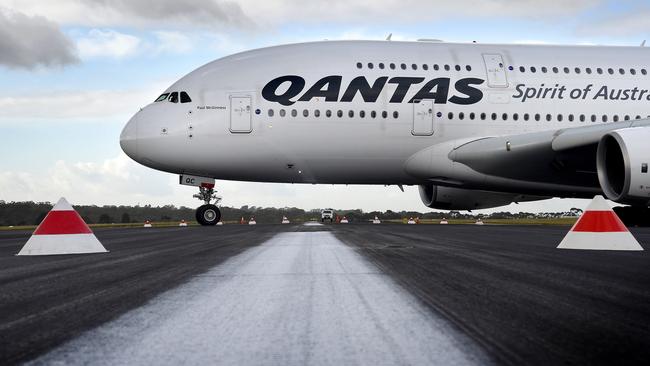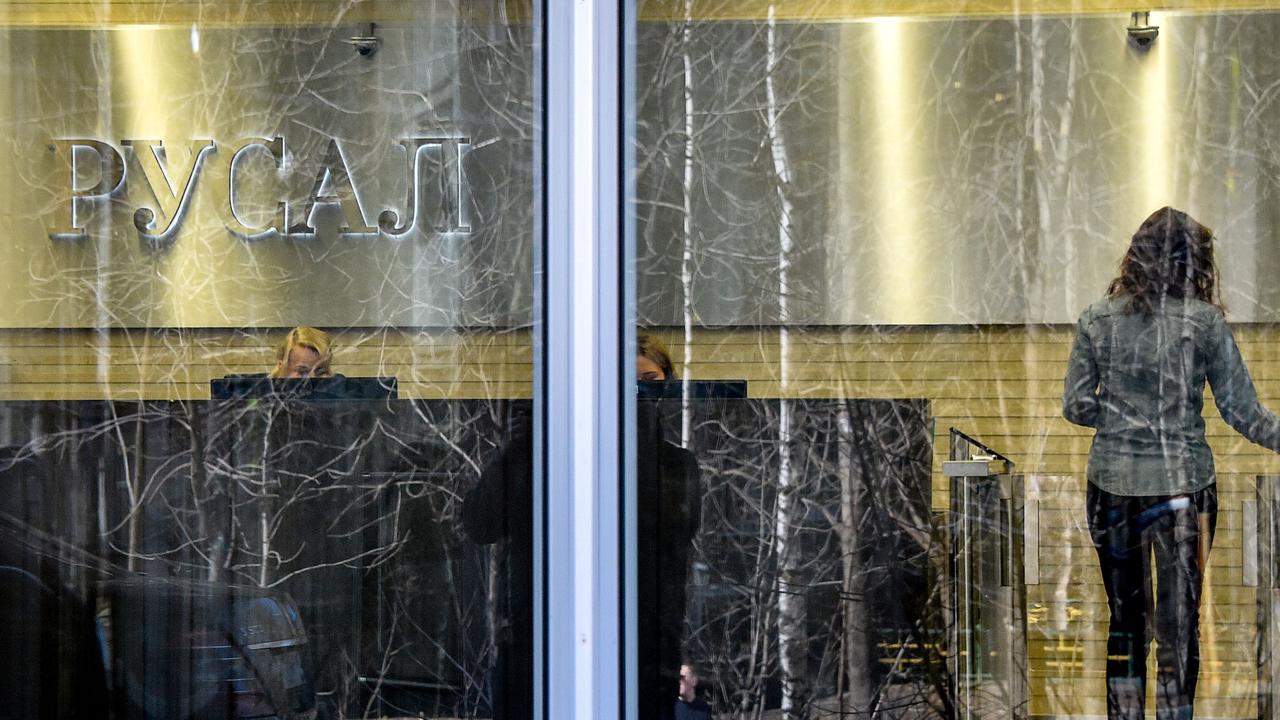Qantas faces ramping up of international airline competition
Qantas’s international competition had moderated, but now appears to be ramping back up, as fuel bills edge higher.

A more cautious tone in its outlook for the second-half, however, appeared to unsettle the sharemarket and triggered a quite sharp fall in its share price in response.
With first-quarter revenue up 5.1 per cent, driven by an 8 per cent increase in the unit revenues of its domestic brands and a stabilisation of the unit revenues of is international operations, Qantas foreshadowed an underlying pre-tax profit for the December half of between $900 million and $950 million.
In the same half last year, when its performance was impacted by post-election business and consumer caution and the depressed conditions in resource-exposed markets, the group had underlying pre-tax earnings of $852 million, well down on the $921 million generated in the corresponding half of 2015-16.
Qantas’ first-quarter performance and its expectations for the full six months are based on an improvement it has seen in domestic demand and its own disciplined management of its capacity, which has been reduced by 2.7 per cent, including the redeployment of capacity away from the resources markets.
It would have been aided by the similar capacity discipline shown by Virgin Australia, which has a compelling financial self-interest in avoiding any reignition of the capacity wars in order to claw its way back into profitability.
In the international markets, where significant competitor capacity growth a year earlier impacted Qantas’s own brands, the rate of growth has subsided. Qantas said there had been a three per cent increase in competitor capacity in the quarter. In the December half last year its competitors grew their capacity by about 11 per cent.
Qantas is cautious about the second half outlook, saying it expects some toughening of conditions as it confronts higher fuel costs and an expected increase in competitor capacity on its international routes. It will also be cycling a strong second-half performance last financial year.
The tinge of pessimism about the second half that appears to be the cause of the initial sharp slide in Qantas’s share price — albeit from near-record levels — as the statement was digested was despite Qantas’s continued discipline on capacity.
A first half reduction in domestic capacity of two to three per cent is expected to be followed by a one per cent decline in the second half (relative to the previous corresponding period) as it continues to respond to the shifts in regional demand.
If Qantas and Virgin continue to manage capacity tightly, the domestic market — the core of both groups’ profitability — will continue to be an exceptionally profitable market by international standards.
With its disproportionate share of the domestic profit pool — it grabbed about 90 per cent last financial year with a market share of “only’’ 65 per cent — Qantas is obviously the big beneficiary of rational competition.
In a domestic duopoly, it is possible for the participants to compete sensibly. It’s a bit tougher to impose discipline on international markets and, where the intensity of international competition appears to have moderated, it now appears to be ramping back up.
Qantas’s own international capacity is expected to grow by about five per cent in the first half and three per cent in the second as it diverts and expands capacity into Asia, but that will increasingly be more than matched by its international competitors, where the three per cent growth rate of the first half is expected to at least double, to around six or seven per cent in the second half.
While Qantas is renowned for its hedging of its fuel requirements, its fuel bills are edging higher and will also weigh on the second-half outcome.
At current prices, in Australian dollar terms, Qantas expects the group’s first-half fuel cost to rise from last year’s $1.49 billion to $1.55 billion. The full-year cost estimate is for an increase from $3.04 billion to $3.21 billion, so about two-thirds of that additional cost will weigh on the second-half numbers.
Offsetting that, Qantas says it is making good progress towards the annual $400 million of cost and revenue improvements it promised when its three-year, $2 billion, “transformation’’ program ended last financial year. It cited the arrival of the first Qantas Dreamliners and the introduction of domestic Wi-Fi as examples of the projects that will enhance revenues and reduce costs.
The major revisions to the five-year-old partnership with Emirates that the airlines announced earlier this year won’t materially impact this year’s results, with their real benefits, estimated at about $80 million a year, expected to start flowing in the 2019 financial year.
The original deal, struck when Qantas was losing $500 million a year in its international operations, was initially controversial and seen as heavily favouring Emirates. It has, however, played a significant role in the massive improvement in the performance of that business.
The new arrangements appear to have been tilted back somewhat towards Qantas, whose condition and negotiating position have improved dramatically even as Emirates’ have weakened.
The changes will see Qantas flying its own aircraft, via Singapore rather than Dubai, to London — and potentially several other European capitals — while also displacing some Emirates capacity on the trans-Tasman route, continuing the remarkable evolution of the group Alan Joyce has directed, at both an operational and financial level, since it was galvanised by its $2.8 billion loss in 2014.




Qantas’s first-quarter trading update today pointed to a solid increase in first-half earnings over the same period last year and the potential to equal, or even better, the record first-half performance recorded in its boom 2015-16 year.